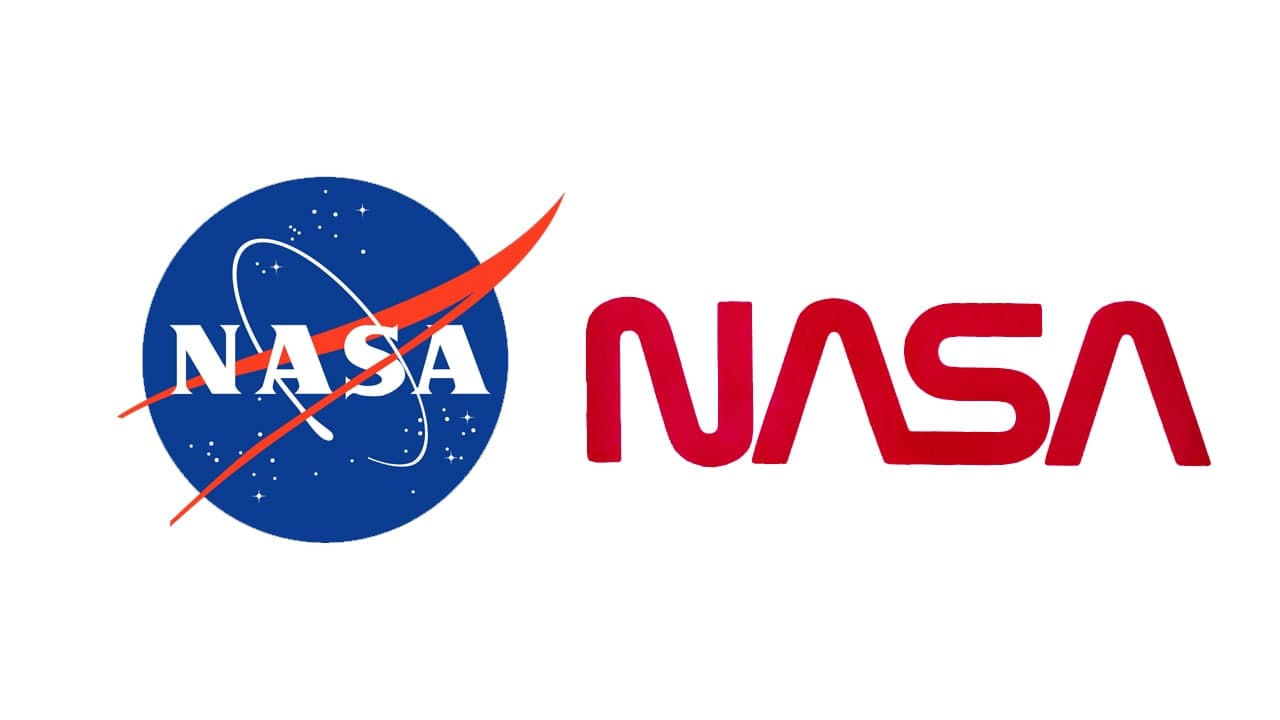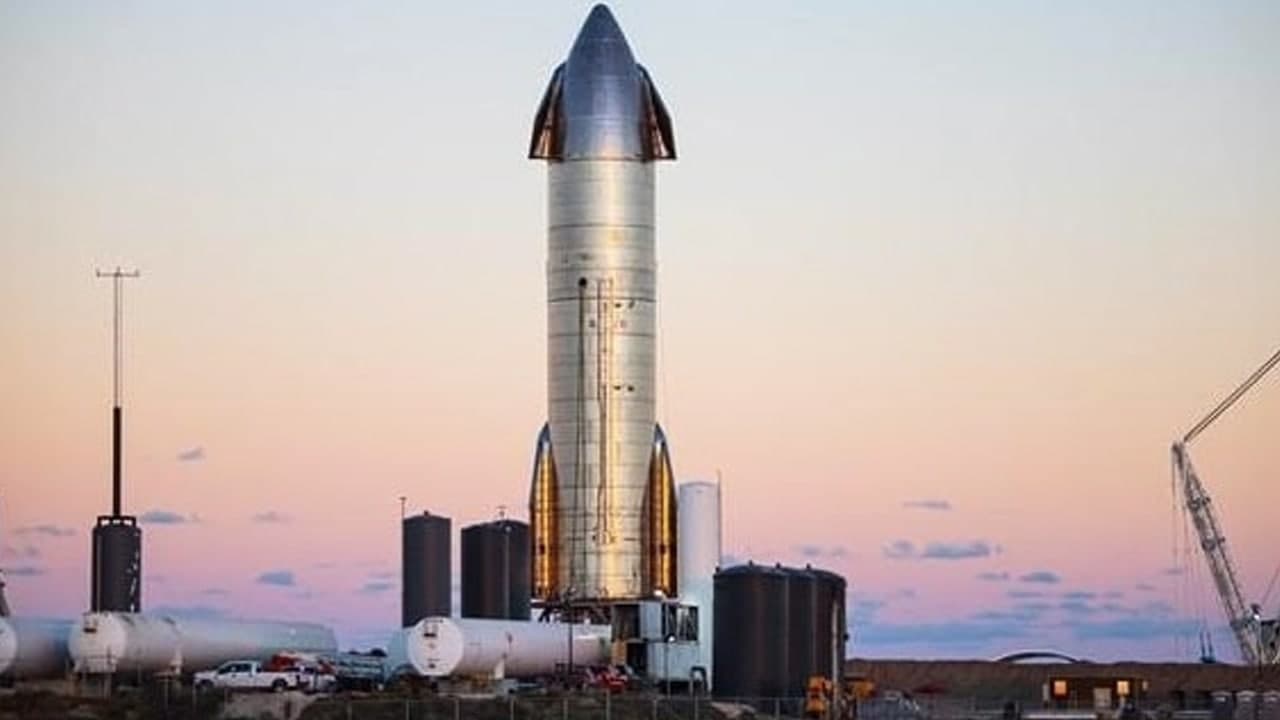The SpaceX ‘Dragon’spacecraft that has arrived at the International Space Station is scheduled to return on January 11, carrying 5,200 pounds of scientific experiment tools and other materials to the ground.
At 9:25 on January 11th, US Eastern Time, the Long Spacecraft will perform the first commercial cargo ship out of the docking operation, separated from the international docking device, and American astronaut Victor Glover will be responsible for monitoring work on the space station.
The Dragon spacecraft will ignite the thrusters, move a safe distance from the space station ‘Harmony Capsule’towards the space hatch, and then start deorbiting combustion and begin to enter the earth’s atmosphere again.

The Dragon spacecraft is expected to make a parachute-assisted landing at 21:00, January 11, Eastern Time. This will be the first return landing of the cargo resupply spacecraft in the Atlantic Ocean.
The spacecraft will eventually splash down in the waters of Florida in the United States, and will soon be carried by ship to the Kennedy Space Center Space Station Processing Plant.
This relatively short transit time allows researchers to collect data with minimal loss of microgravity effects.
When the spacecraft splashes down, the fast-returning scientific materials will be handled by SpaceX in McGregor, Texas, and then delivered to NASA’s Johnson Space Center in Houston.
On December 6, 2020, the Dragon spacecraft was launched by SpaceX’s ‘Falcon 9’ rocket from the 39A Launch Center at Kennedy Space Center in Florida and arrived at the International Space Station 24 hours later.
It was the first time that the US commercial cargo resupply spacecraft was realized. Automatic docking.
The Dragon spacecraft that arrived at the International Space Station before was captured and docked by astronauts operating the Space Station Canadarm2 robot.
The spacecraft carried more than 6,400 pounds of hardware materials, research and survey instruments, and astronaut daily necessities.
Some scientific investigations of the Dragon spacecraft’s return to Earth include: observing the workload of the microgravity environment on the astronauts and the changes in the shape of the heart.
Scientists still don’t know whether the astronauts have lived in space for more than one year and whether these changes will be permanent. Impact, show the growth of 3D organoids cultivated by human stem cells in the space environment to analyze changes in gene expression.
Study the function of ophthalmic arteries, veins, and lymphatic structures in experimental mice before and after space flight and changes in the retina.
(Via)












